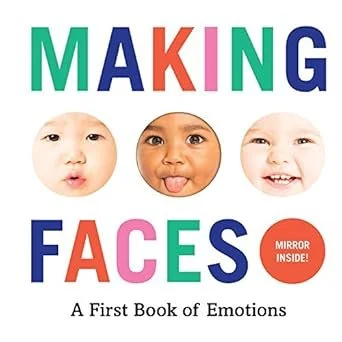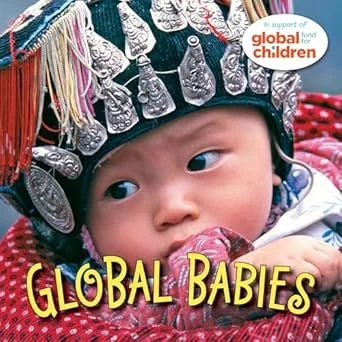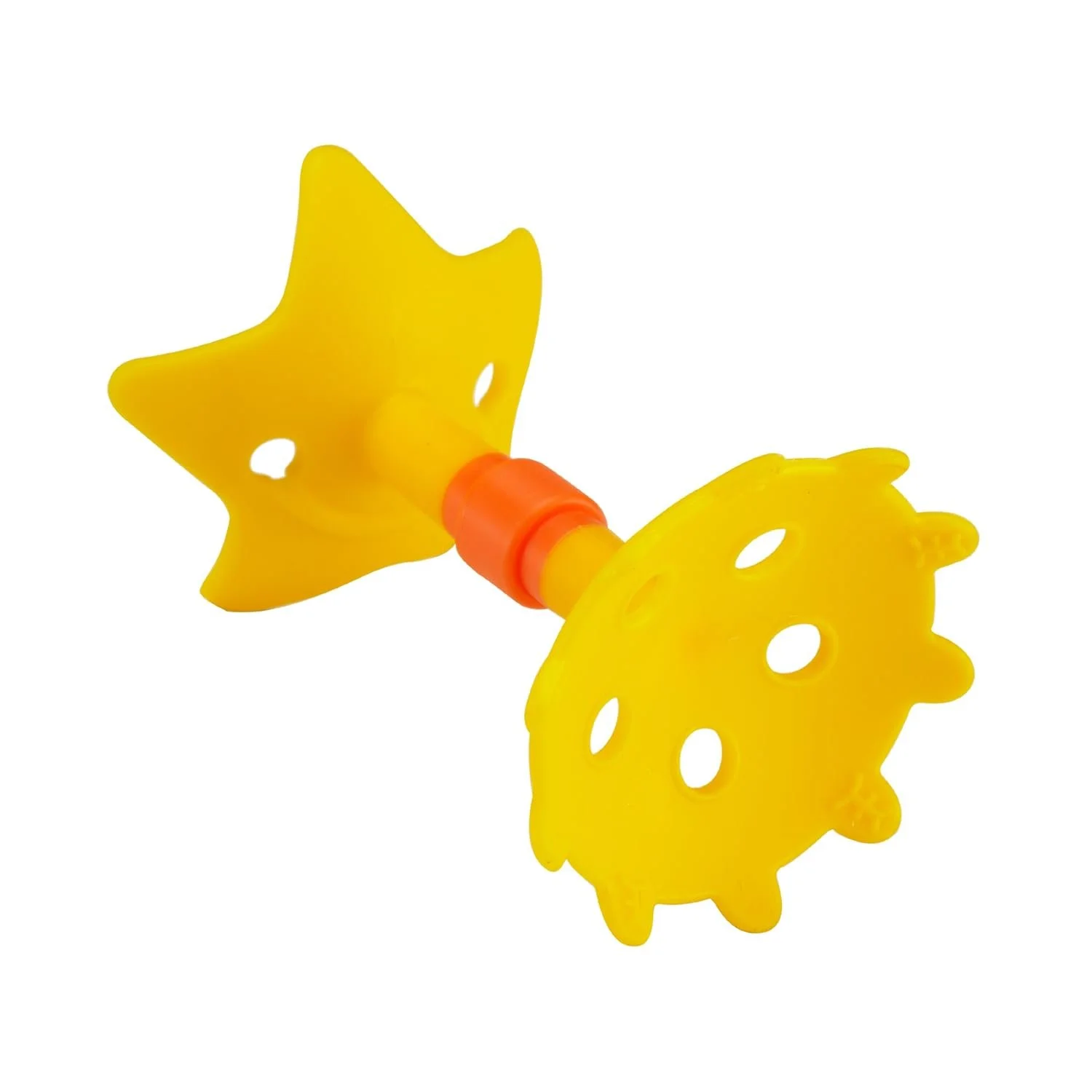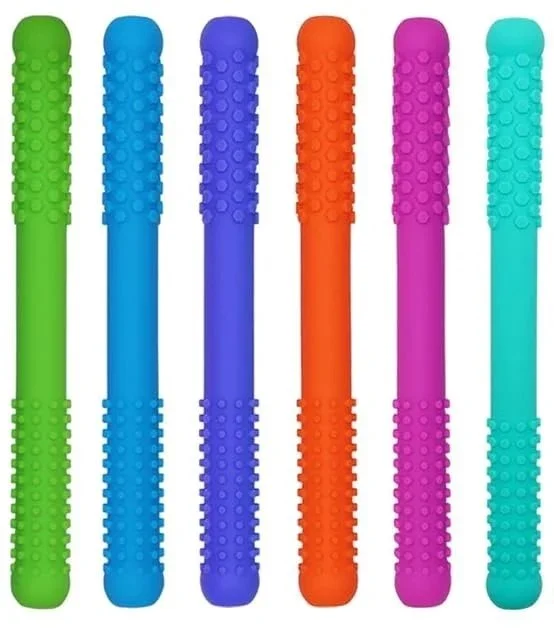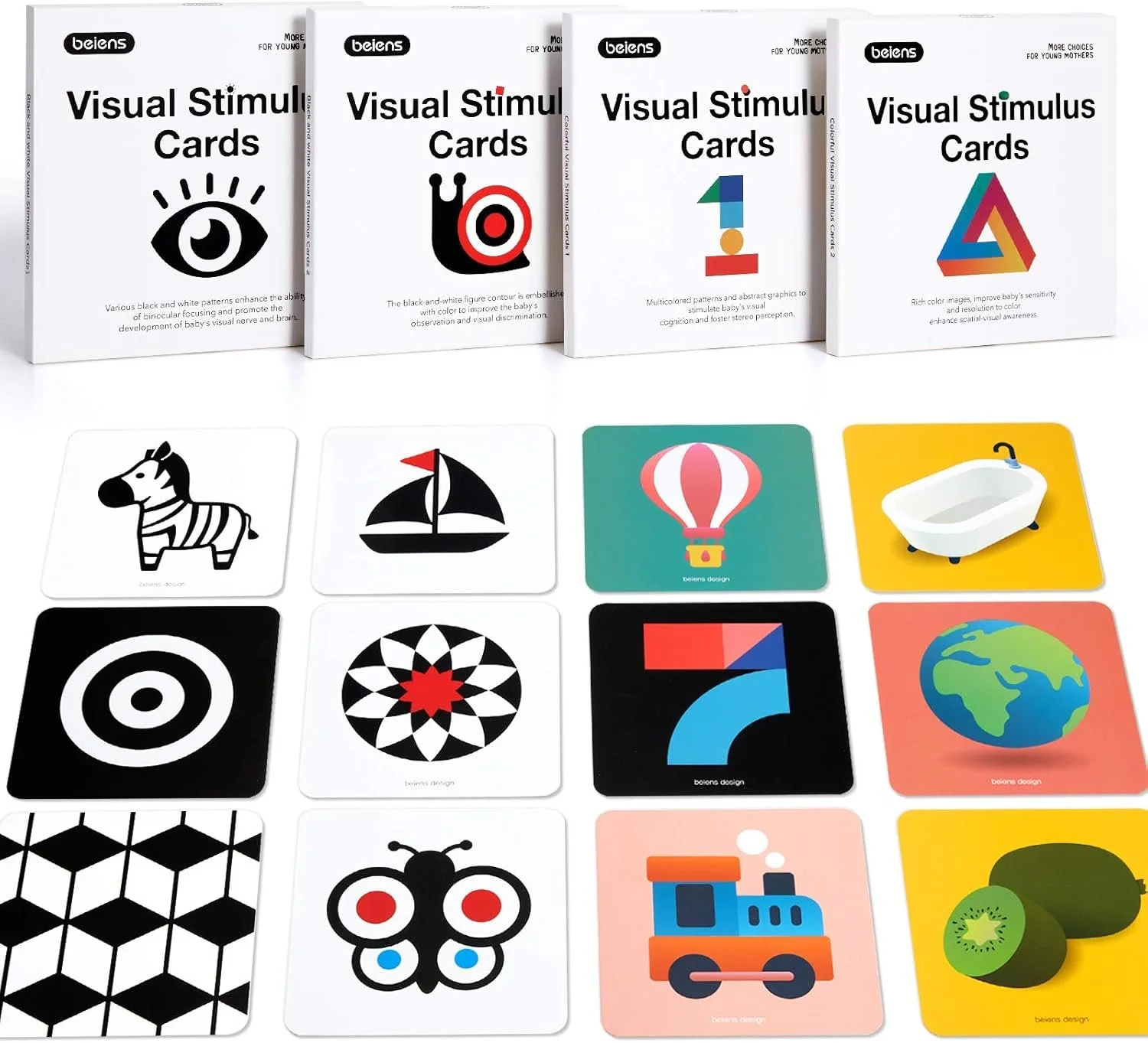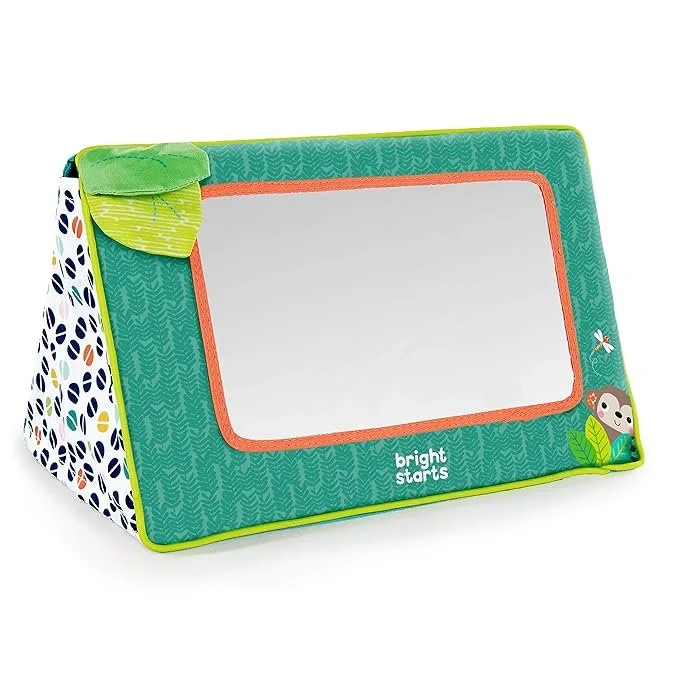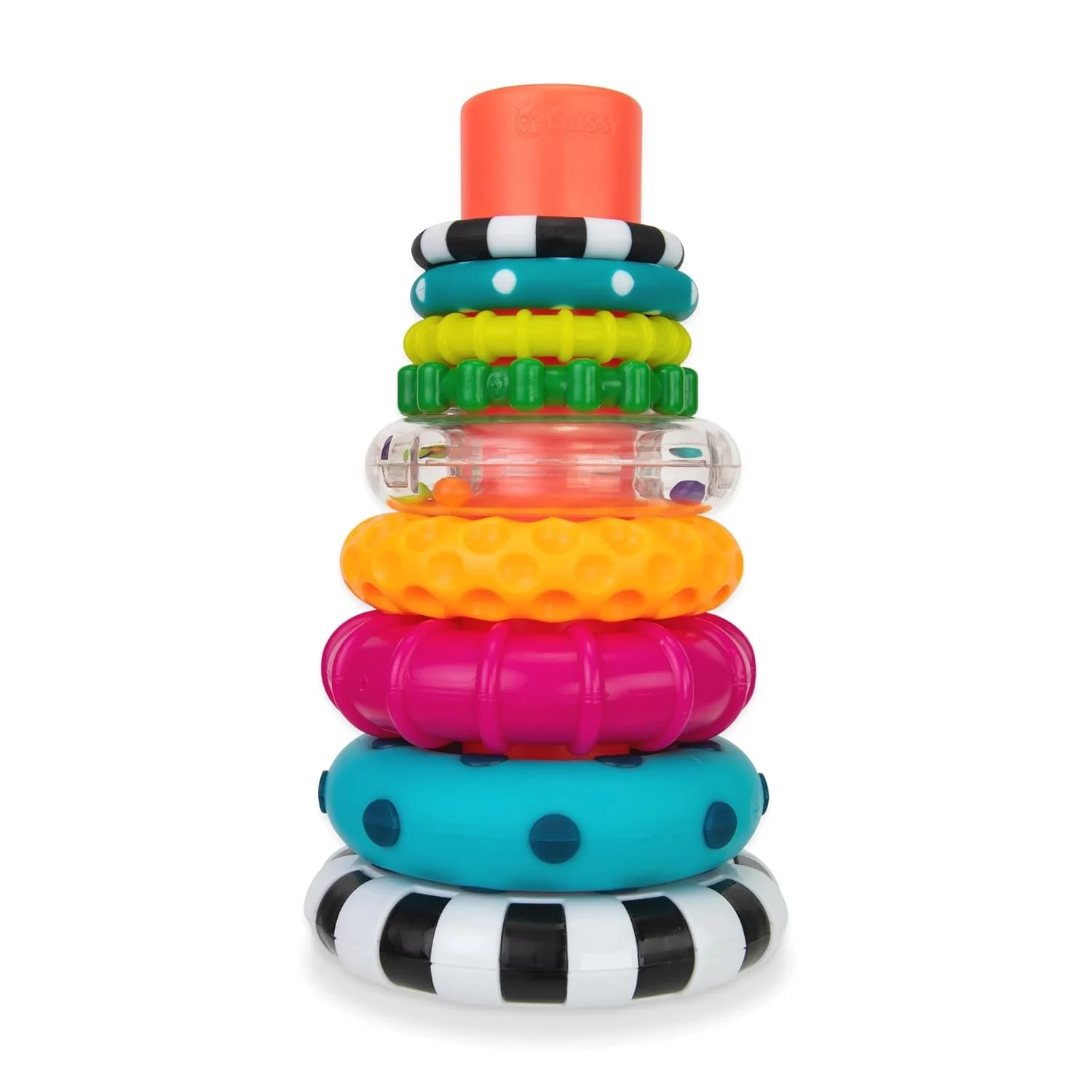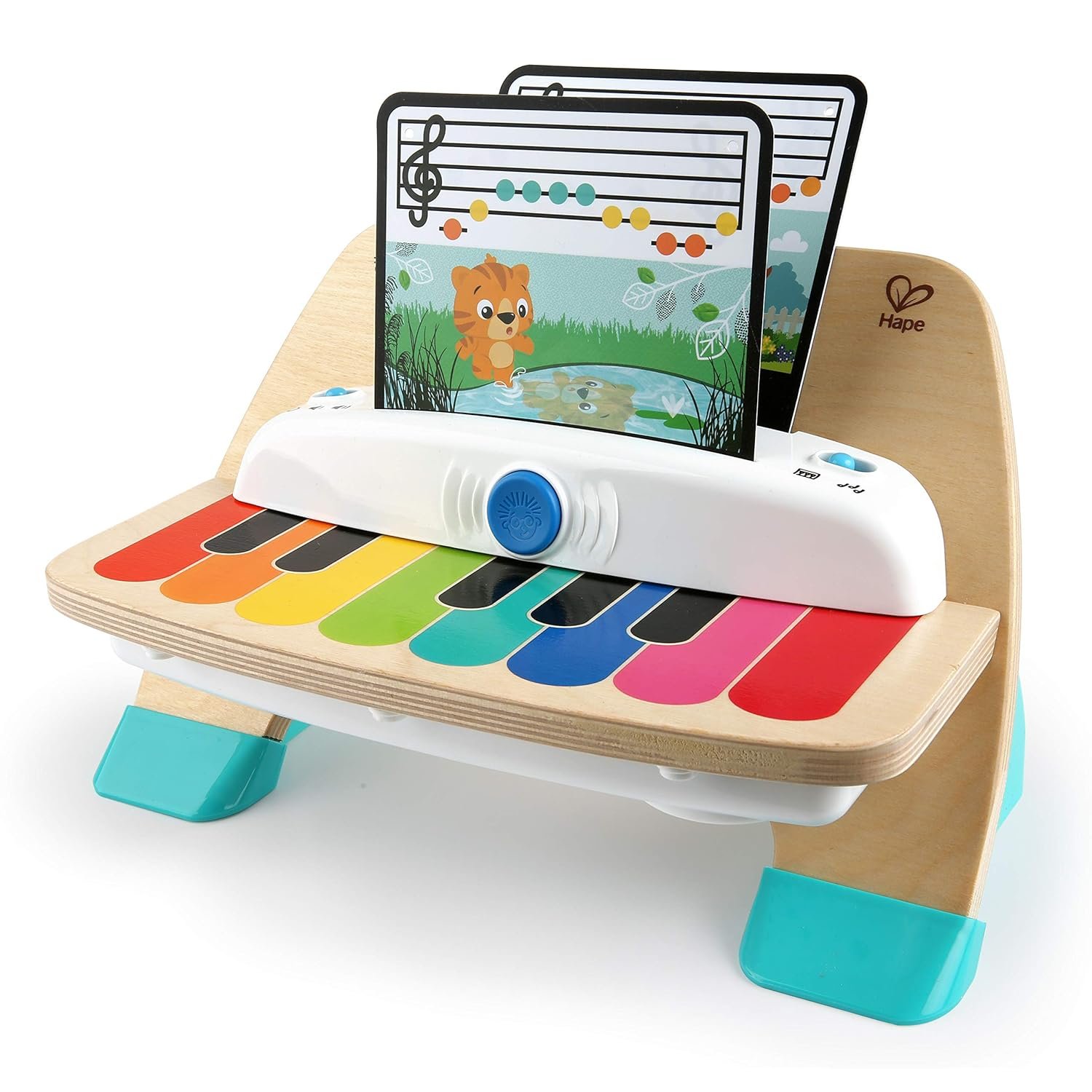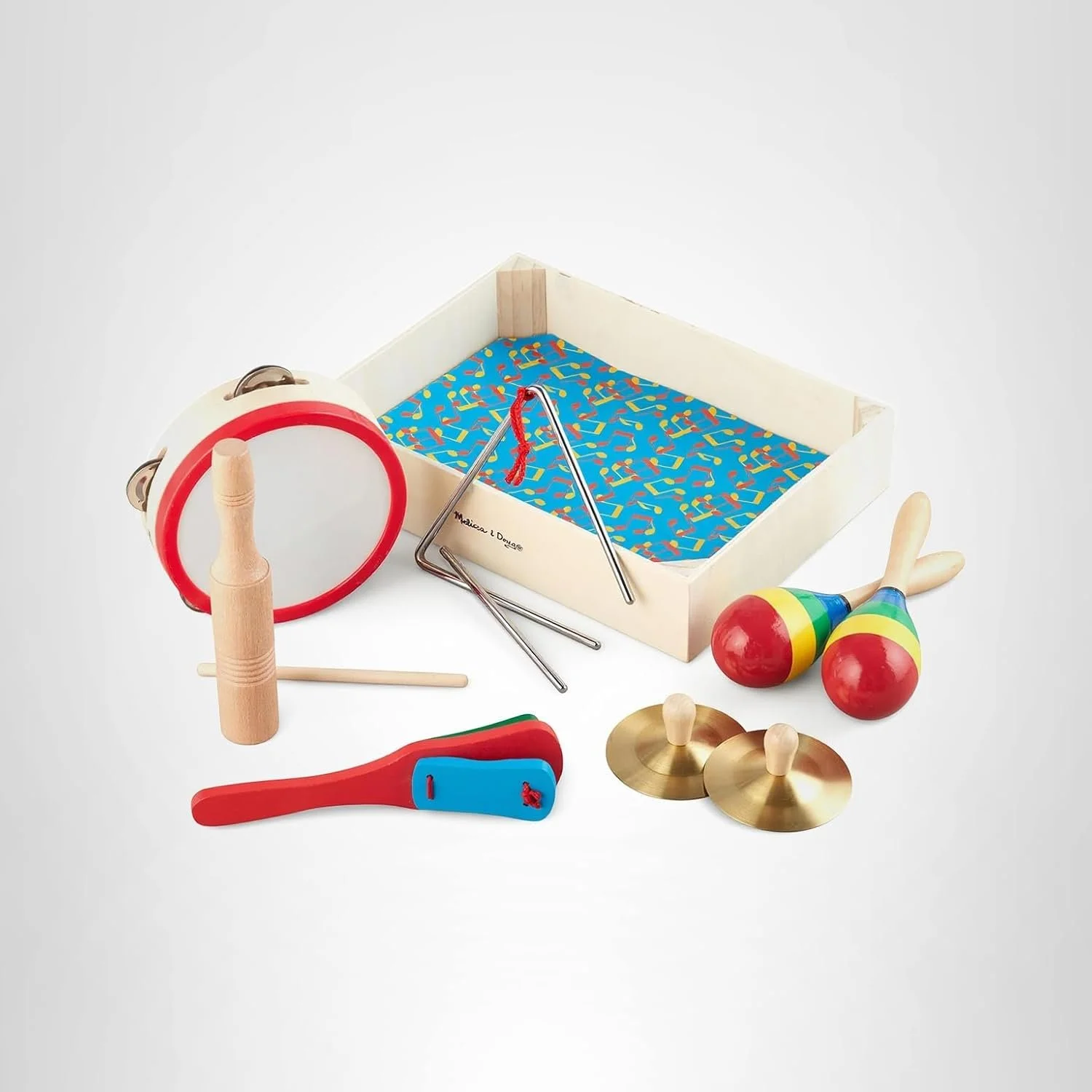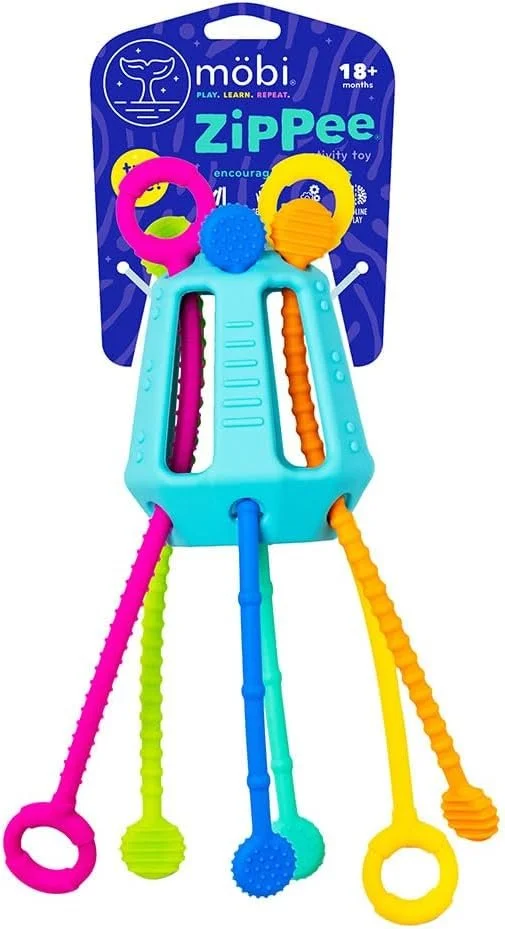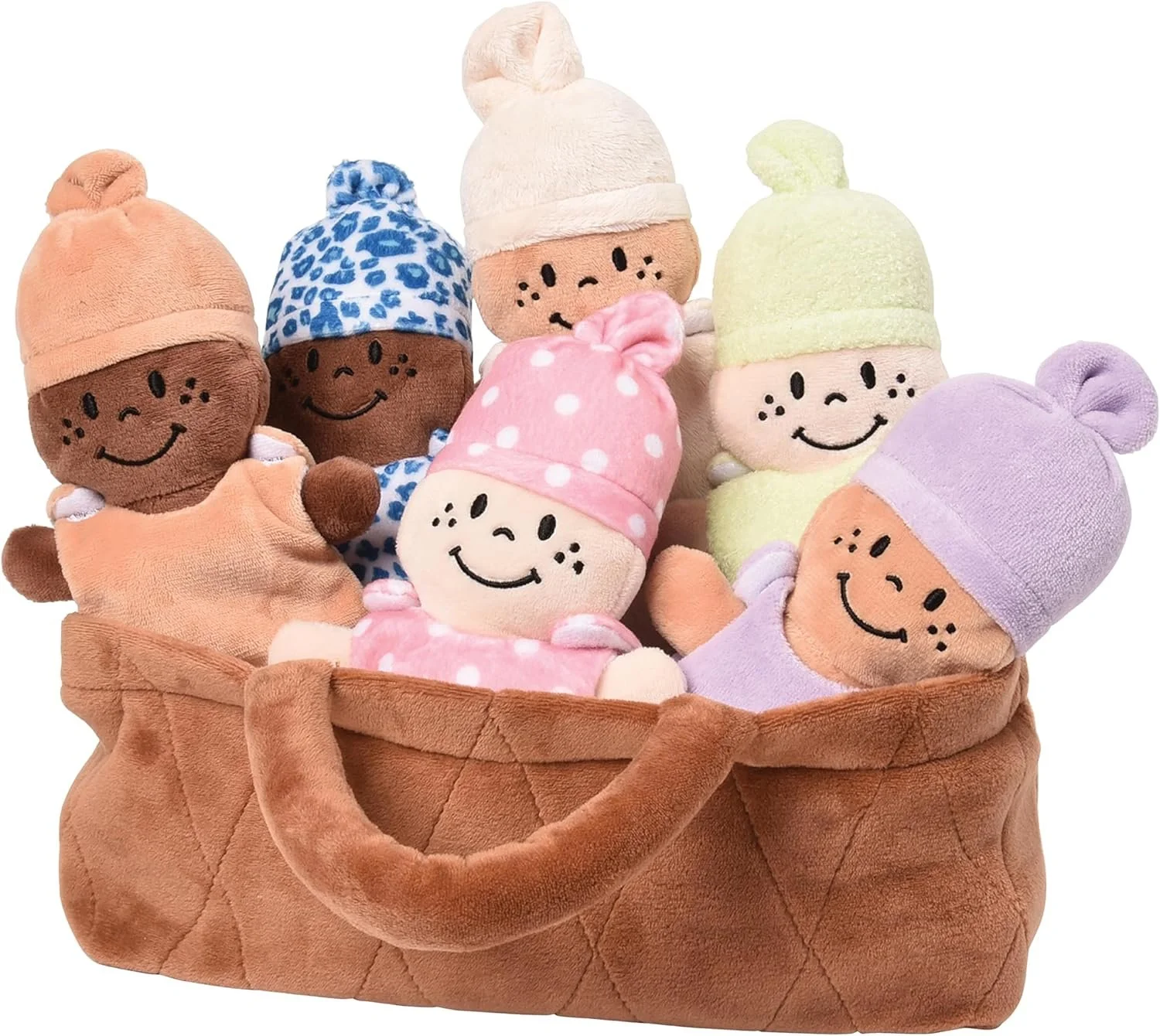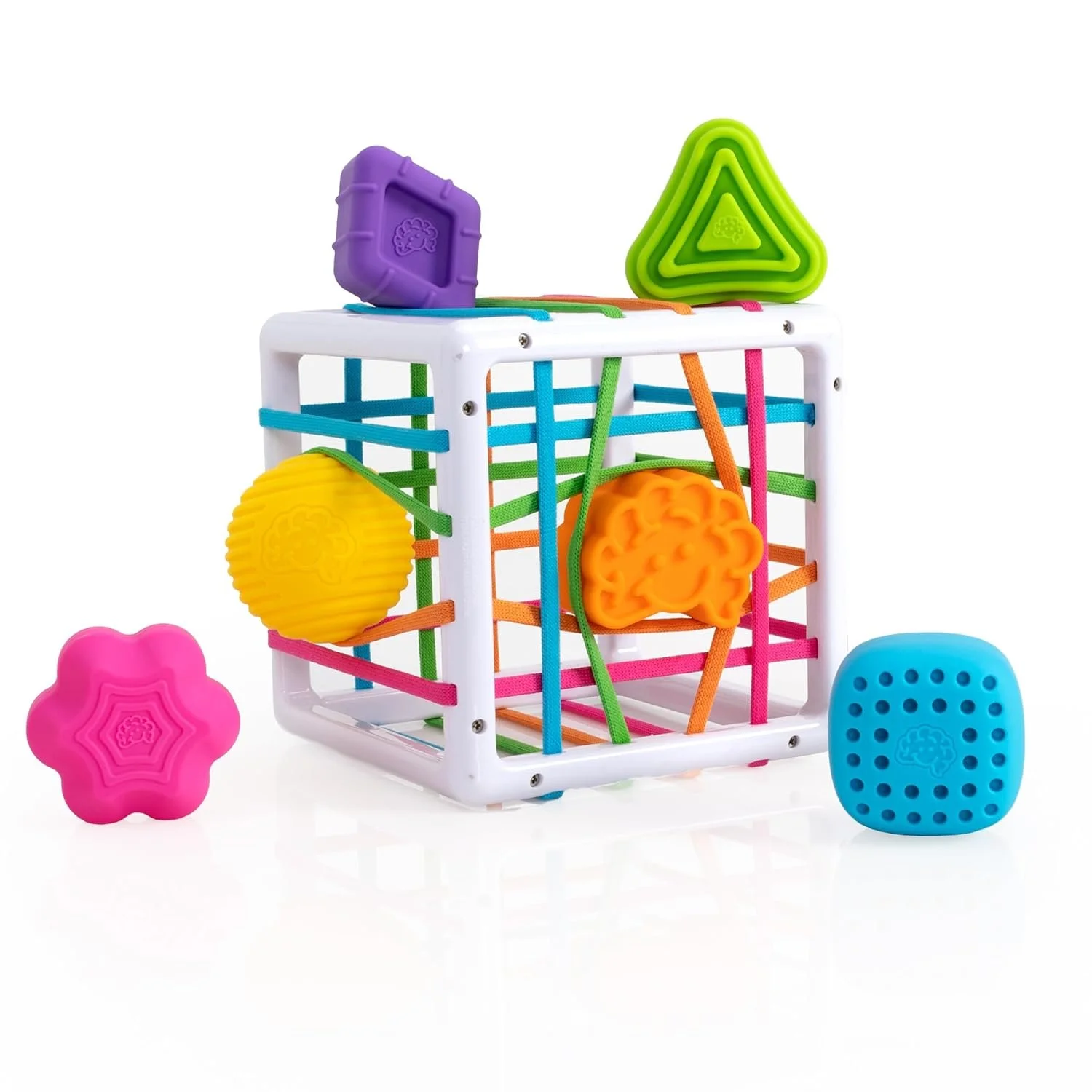Best Baby Gifts
Sweet, simple essentials for the tiniest stage. Think practical favorites that make life easier for both baby and parents.
Babies don’t need much, but they do need a few solid tools to help them build strength, coordination, vision, and the early skills that lead to independent play. And yes, independent play starts long before the toddler years. It starts with babies having safe, simple things they can explore on their own.
Think of it this way. Play is how kids learn… and toys are the tools that make that learning happen. Even the tiniest babies deserve good tools.
And no, that doesn’t mean a giant pile of stuff. A small collection of thoughtful, well-chosen toys is more than enough to support all those early milestones.
So here are our favorites:
Books
Reading to babies from the very beginning builds language skills, strengthens connection and gives their little brains the kind of input they’re wired for. And here’s a funny thing most people miss: babies are obsessed with looking at other babies. Faces are their favorite “toys,” and books full of expressive baby faces keep them engaged way longer than anything that lights up or plays songs. So a few thoughtfully chosen books aren’t just sweet—they’re developmentally powerful.
Teethers
Teethers aren’t just for soothing gums. They help babies learn the layout of their own mouths, which is a huge part of getting ready for solids. Different shapes, textures and angles give their tongues and jaws a “map” to work with, strengthening the muscles they’ll later use to move food around safely. Most of the options here focus on that kind of purposeful oral exploration…and yes, I added one light-up teether. Not because flashy stuff is essential, but because sometimes you just need a distraction that buys you a minute of peace.
High-contrast images are gold for brand-new eyes. Babies can’t see soft colors well yet, so bold patterns are what actually hold their attention. These cards support early visual development and give you an easy way to engage with your baby during wake windows without overstimulating them.
Babies love faces, and a mirror gives them a great way to explore one up close. It helps build body awareness, encourages tummy time and keeps them interested just long enough for you to sneak in a little more floor play. Great for building those early cognitive connections.
Simple but wildly useful. Babies can mouth them, bang them, pour with them, knock them down… all the things that build motor skills and problem-solving. These grow with your baby too. They’re great for early sensory exploration now and eventually turn into real stacking and scooping play as they get older.
This is your all-in-one floor time setup. It hits sensory play, visual stimulation and motor development without overwhelming your space. It gives babies a place to roll, reach, kick and explore - the exact kind of movement they need in those first months. It’s basically a safe “yes” space so you can let them do their thing confidently. I would definitely recommend adding on the sensory strands too!
This can be a fun change of scenery, but it needs to be used intentionally. Babies shouldn’t be in a standing device for long stretches until they can bear weight on their legs on their own and are naturally trying to stand. Otherwise it can put stress on developing hips. When you use it in short spurts, though, it’s a nice little distraction and a way for them to explore movement safely. I love this one because it grows with baby, too!
A classic for a reason. Great for hand-eye coordination, early problem-solving, and getting those little wrists and fingers moving with purpose.
Helps babies understand that things still exist even when they can’t see them, which is a huge cognitive leap at this age. Plus, they love the predictable “drop and repeat” play.
Perfect for fine motor skills and keeps curious hands busy. They get the satisfaction of pulling things out without destroying your actual tissues.
A fun introduction to cause-and-effect. Every press makes a sound, and babies quickly connect their action to the result. Good for early musical exploration without being overstimulating.
A gentle way to introduce rhythm and sound exploration. Shakers, tambourines, and small instruments help with motor skills and give sensory feedback babies love.
Visually interesting and endlessly repeatable. Dropping the discs and watching them spin is great for coordination, tracking, and understanding how things move.
All the pulling, tugging, and stretching is great for strengthening little hands and improving sensory awareness. And it doubles as a silicone teether!
Perfect for practicing gentle touch, pretend play beginnings, and emotional connection. Babies love holding, carrying, and exploring soft dolls at this age.
Light, grippy, and easy to grab. Rolling, squeezing, and passing it back and forth builds strength, coordination, and early ball-play skills. Want more options? We also love these.
A great intro to problem-solving. Babies experiment with pushing different shapes through the elastic bands, exploring object properties without the pressure of “matching.”
Each little bee has a different texture or sound, giving babies tons of sensory input. Pulling them out and putting them back supports coordination and fine motor skills.
When they’re getting ready to stand and cruise, this gives them safe support. It builds leg strength and confidence and lets them practice those early walking skills with stability. Plus this thing has been through all of our children and still in practically new condition!



